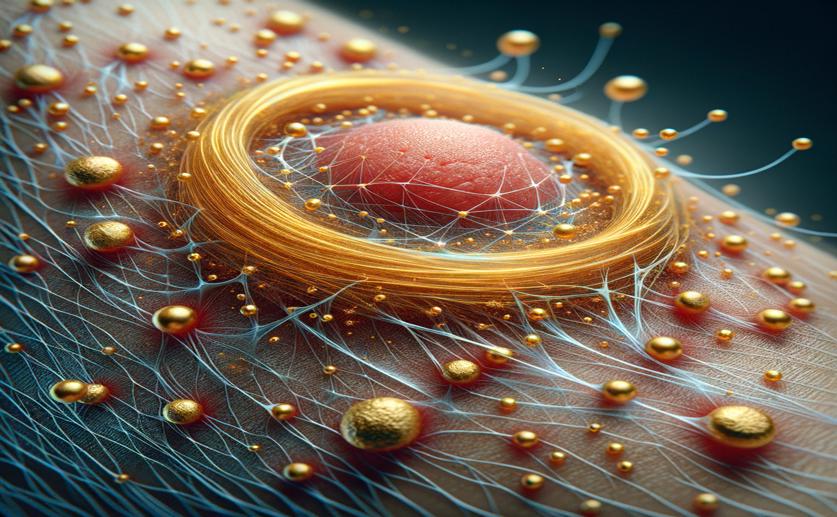
Ginger-Infused Nanofibers: A Healing Touch for Faster Wound Recovery
Jenn Hoskins
9th August, 2024

Image Source: Natural Science News, 2024
Key Findings
- The study from the Republic of Turkey Ministry of Health developed a new wound dressing using 6-gingerol (GA)-loaded nanofiber membranes made of sodium alginate (SA) and poly(vinyl alcohol) (PVA)
- The GA-loaded nanofibers showed strong anti-inflammatory and antioxidant effects, promoting faster wound healing without causing irritation
- The study found that the nanofibers released GA in a controlled manner, enhancing the healing process by supporting new tissue formation
References
Main Study
1) Gingerol Containing Polymeric Nanofibers: A Healing Touch for Accelerated Wound Recovery.
Published 8th August, 2024
https://doi.org/10.1080/03639045.2024.2390033
Related Studies
2) Nanofiber Scaffolds as Drug Delivery Systems Promoting Wound Healing.
3) Local Drug Delivery Strategies towards Wound Healing.
4) Propolis organogel as a novel topical delivery system for treating wounds.
5) Asiaticoside nitric oxide gel accelerates diabetic cutaneous ulcers healing by activating Wnt/β-catenin signaling pathway.



 18th July, 2024 | Jenn Hoskins
18th July, 2024 | Jenn Hoskins